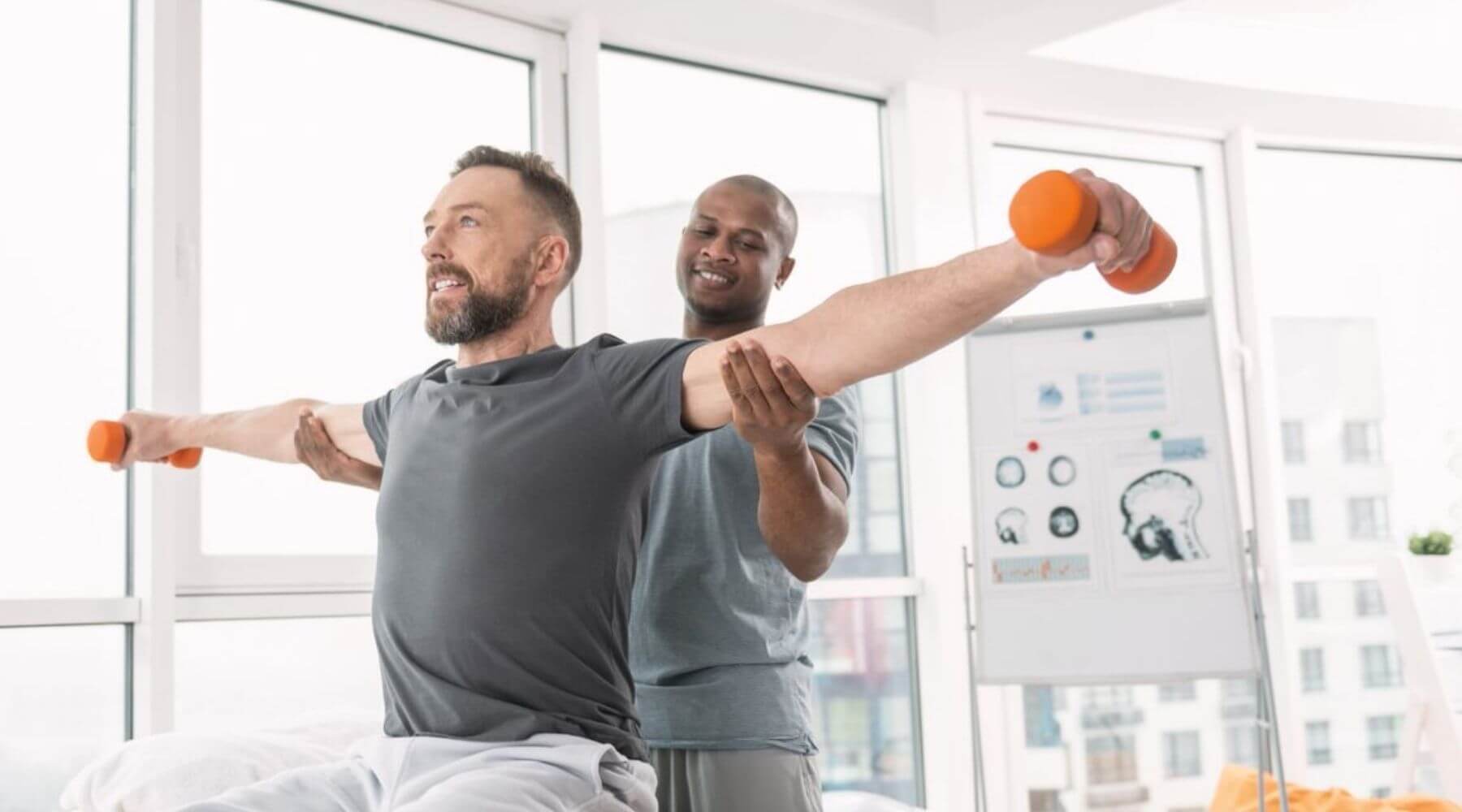Evaluating the Interplay of Articular Mobility and Balance in Patient Outcomes
Evaluating the Interplay of Articular Mobility and Balance in Patient Outcomes
Blog Article
Articular movement and control are essential factors that impact patient outcomes in rehabilitation and rehabilitation. Joint range of motion refers to the range of motion available at a articulation, while steadiness entails the ability to sustain management of that joint during activity. When clients have optimal articular mobility, they can navigate their extremities unrestricted, which is vital for conducting daily tasks. On the other hand, steadiness helps avert injuries by allowing the system to preserve correct alignment and equilibrium during these movements. Grasping how these two factors interact can lead to improved treatment plans and enhanced recovery for clients.
In numerous cases, patients with articular discomfort or traumas frequently experience a decrease in movement. For instance, disorders like arthritis can limit how far a joint can shift, making it challenging for people to perform tasks such as ambulating or ascending stairs. Rehabilitation specialists often focus on activities that enhance mobility through stretching and fortification. These activities can help restore the range of motion, making it more manageable for clients to engage in their daily tasks. Nonetheless, increasing mobility without accounting for steadiness can result to further injuries, emphasizing the necessity for a holistic approach.
Stability is equally crucial in rehabilitation. When a joint is deficient in steadiness, it becomes more vulnerable to injuries during see here activity. For instance, an wobbly knee articulation can lead to sprains or ruptures while sprinting or jumping. To improve stability, rehabilitation specialists may integrate activities that fortify the muscles around the articulation. These exercises help reinforce the joint and avert excess motion that could result to injury. By concentrating on both mobility and control, rehabilitation specialists can provide a holistic care plan that meets the unique requirements of each patient.
The interaction between joint movement and stability is particularly clear in sports medicine. Sports participants often require a elevated level of both mobility and control to execute at their optimal. For instance, a gymnast needs to have limber joints to perform complex actions while also maintaining control to prevent falls. In sports training, trainers and trainers stress the importance of cultivating both aspects to improve performance and minimize the risk of harm. This approach ensures that sports participants can perform effectively while keeping their articulations safe during rigorous exercises.
Ultimately, comprehending the connection between joint movement and stability can lead to improved outcomes for clients in various environments, from rehabilitation centers to athletic conditioning facilities. By encouraging both learn about this here now aspects, medical practitioners can help patients regain their power and assurance. This integrated method not only helps in rehabilitation but also equips people with the tools they need to avert subsequent injuries. As studies progresses to advance in this area, the significance of integrating range of motion and control in treatment plans will remain a central focus for improving client care and overall health.